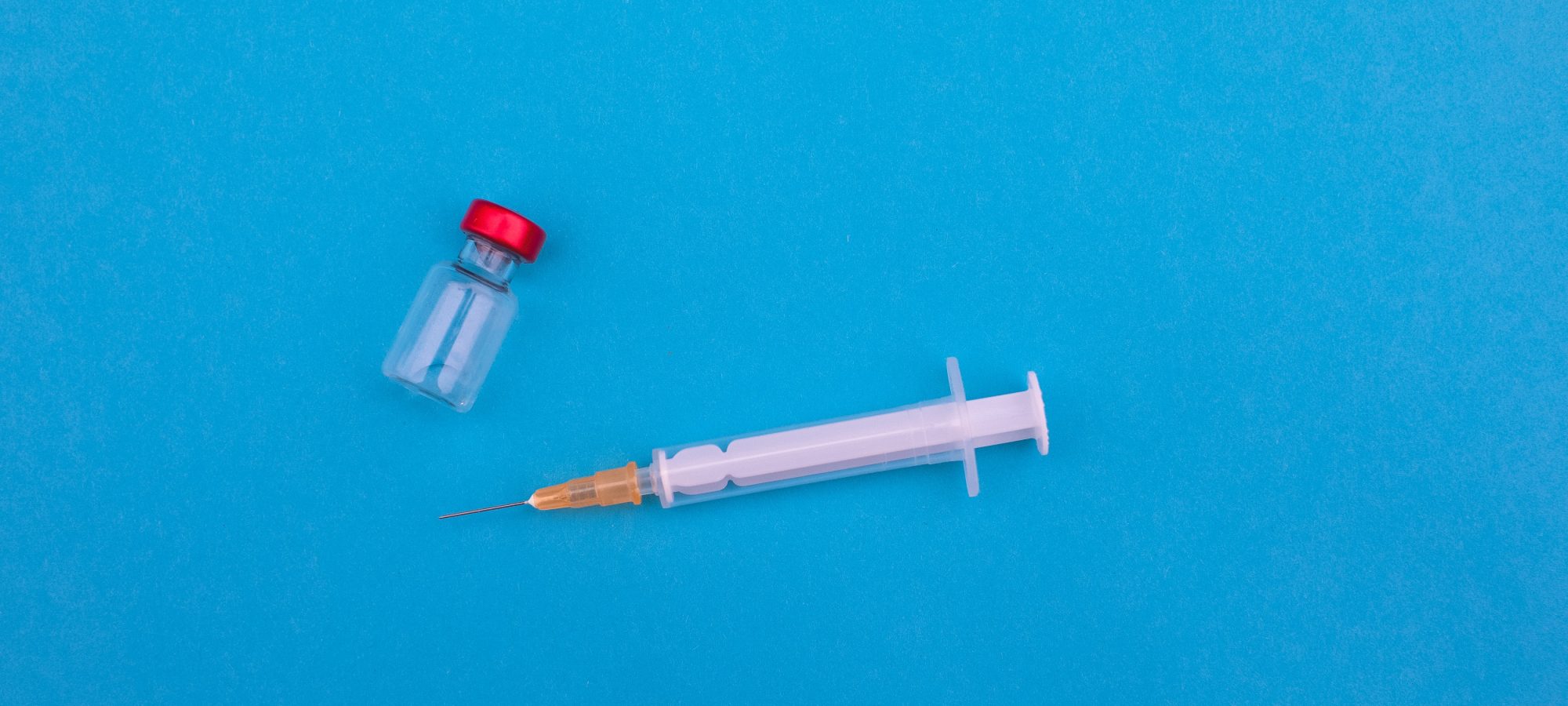As World Immunization Week comes to a close, I am taking a moment to reflect on the remarkable progress made in global health thanks to vaccines. Since the launch of the Expanded Programme on Immunization (EPI) by the World Health Organization (WHO) in 1974, immunisations have played a pivotal role in the improvement of global health, especially for children. Over the last five decades, an estimated 154 million lives have been saved as a result of vaccines, significantly reducing child mortality worldwide.
A key feature of EPI has been the standardisation of immunisation programmes and schedules. By focusing on age-based schedules and ensuring the systematic delivery of vaccines, EPI has been scaled up across the globe, and now reaches over 80 percent of the world’s children, safeguarding them against debilitating diseases.
This year marks a significant milestone for immunisation programmes across Africa, with over 20 countries preparing for the routine implementation of malaria vaccines. Malaria, a disease that disproportionately affects children in sub-Saharan Africa, has long posed a formidable challenge to public health efforts. The introduction of malaria vaccines into routine immunisation schedules represents a groundbreaking opportunity to combat this deadly disease and save countless lives. Right now, national malaria programmes and immunisation programmes are coming together in a coordinated effort to ensure the malaria vaccine is thoughtfully and meaningfully deployed across the continent.
Despite the progress we’ve made, the work is far from over. There are still children around the world who are missing out on essential vaccines due to various barriers, including access issues, lack of information, misunderstandings and fear. Addressing these disparities requires a concerted effort to innovate and adapt our delivery strategies to meet the unique needs of underserved communities.
We have an opportunity to be bold and creative in our approach to vaccine delivery. This means exploring novel strategies such as seasonal delivery of malaria vaccines to coincide with peak transmission periods, integrating immunisation services with other critical interventions in humanitarian settings to reach displaced populations, and leveraging innovative delivery models such as microneedle array patches to overcome logistical challenges.
Malaria Consortium is committed to working with national programmes, local communities and key global stakeholders to address issues and innovate in vaccine programming and access. We are leveraging existing community-based malaria chemoprevention programmes to identify under-vaccinated children and ensure they have access to vaccines. We are also working with governments to ensure that along-side the community demand for malaria vaccine introduction, other life-saving malaria interventions such as bednets, community case management and chemopreventions are continued. We are dedicated to developing novel child survival programmes that integrate access to vaccines and other live saving interventions, especially for the most vulnerable children.
By embracing innovation and committing to equity, we can close the gap and ensure that every child has access to lifesaving vaccines. This requires collaboration across sectors and health programmes, investment in research and development, and a commitment to reaching the most marginalised communities. Together, we can build a future where no child is left behind, where immunisation is not just a privilege but a universal right.
Katherine Theiss-Nyland is Malaria Consortium’s Technical Director
Photo by Markus Spiske
